With respects to installed and available applications, the main issue I observed is that the repository on a new installation of Pardus 2011.2 points to the repository of Pardus 2011.1. This screenshot is a view of the Repositories tab of the Package Manager’s Settings windows.

An attempt to point it to the current release’s repository revealed that there is no difference in software versions between Pardus 2011.2 repository and Pardus 2011.1 repository. That is, if you just installed Pardus 2011.2, version for version, you will be running the same application that another user with an up to date installation of Pardus 2011.1.
This seems to be a recurring theme with Pardus where a stable version is released before its repository is populated. And I am writing this exactly nine (9) days after Pardus 2011.2 was released. Perhaps I am taking these point releases to be major releases. However, even they are not, I do no think that a new release should be pointing to a previous release’s repository.

Package Management: While the command line utility for managing applications in the system is just as easy to use as Debian’s Advanced Packaging Tool, APT, Pardus has a very cool graphical package manager. Dubbed Package Manager, it has a very slick mode of operation.
Rather than show screenshots, here is a video of the Package Manager in action. The video shows all the possible package management tasks you could perform on the Package Manager. Another friendly warning; this a silent video.
[youtube width=”540″ height=”350″]http://www.youtube.com/watch?v=E4QZdQYrQ0g[/youtube]
Graphical Administrative Applications: Aside from a few custom-developed applications for Pardus, most of the graphical management applications are the same available on any KDE distribution, and they are accessible from System Settings. A custom application that I really like is the service manager, which makes it easy to see which services are running and which are not. You can also start and stop services from the interface. Watch the video below to see the service manager in action.
Video of Service Manager on Pardus 2011.2.
[youtube width=”540″ height=”350″]http://www.youtube.com/watch?v=ogucyflFtlg[/youtube]
Another application worth noting, more for features it lacks than those it has, is the User Manager. Unlike other full-featured user and group management applications, it lacks account disabling and password-aging features. It does, however, allow for granting very granular permissions for performing many tasks.

Physical and Network Security: With no support for disk encryption and boot loader password protection in YALI, Pardus’ installation program, this beautiful distribution has a very weak physical security posture, and the fact that the screensaver and its screen-locking feature are disabled by default, does not do it any favors. For a distribution developed by an institute of electronics and cryptology, I think Pardus should have a better out-of-the-box physical security than this.
IPTables, the firewall management application, is not running by default, and the graphical firewall application is, of course, not configured. The screenshot below is that of the Firewall Manager, in the activated state. Shown inset is the window for enabling/disabling egress or ingress access to services. A major weakness of the Firewall Manager, is that it does not allow access by specific hosts to be configured, which is very important when attempting to allow access to local services from external networks.

Though the firewall is not running out of the box, Pardus is pretty secure over the network, as there is just one open port (port 631, the printing port) and it is listening only on the local network.
Final Thoughts: Pardus is a very, very good distribution, but I have always questioned why a distribution should be released when the repository has not been populated with updated applications. And I believe any sensible person would question that, except the developers have a special reason for doing that, that the rest of are not privy to.
Resources: You may read the Release Notes and download an installation ISO image for your computer from here and here, and Live DVD images from here and here. Support questions may be posted here (in Turkish) and on Questions & Answers. All published reviews and tutorials about Pardus on this website, are available at http://linuxbsdos.com/category/pardus.
Screenshots: Just two more screenshots from test installations of Pardus 2011.2. You may view a screenshot preview here.
The login screen. Not as visually appealing as that of Mandriva 2011, but better than most other distributions login screens.

Disk Partition methods of the installation program.

Default Xfce desktop in Pardus 2011.2

Another screenshot of the default Xfce desktop.

Xfce desktop in Pardus 2011.2 showing the Application Finder.


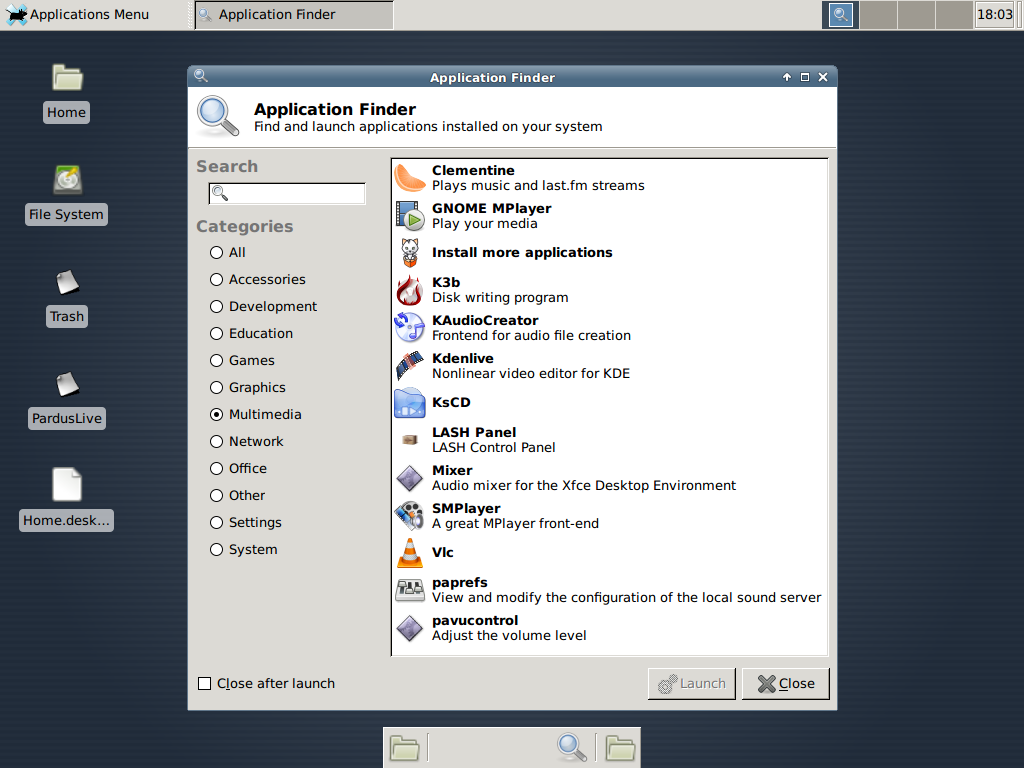

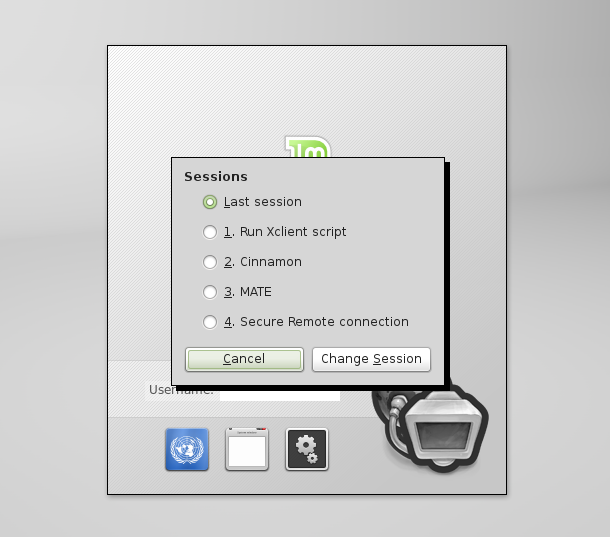
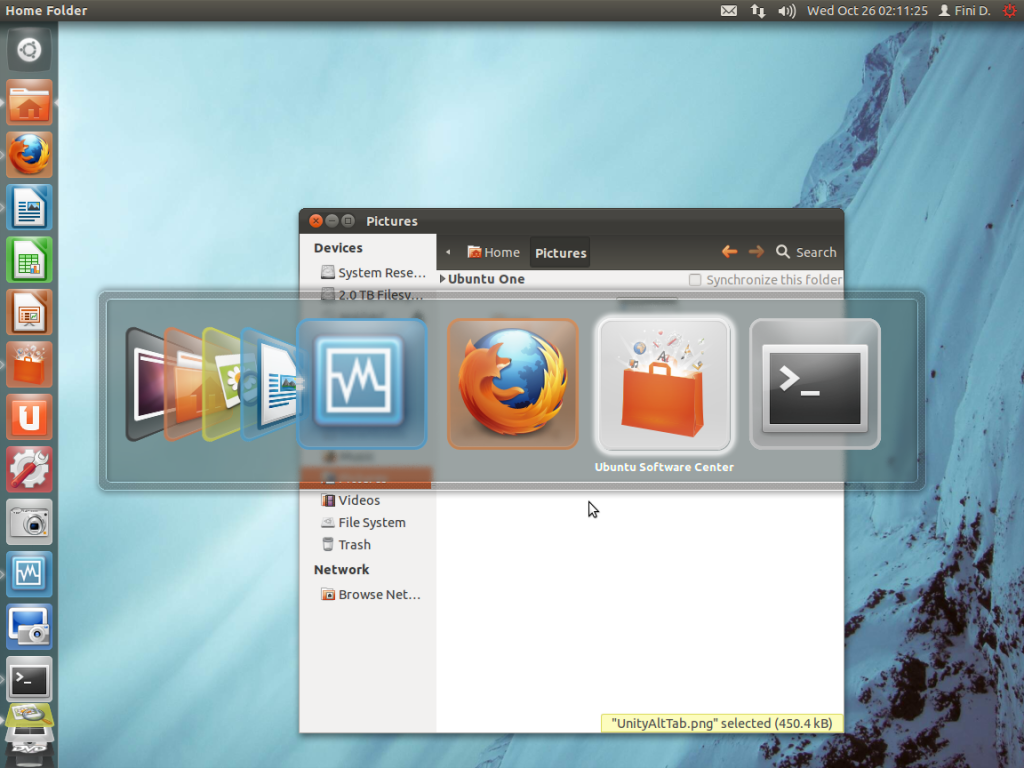
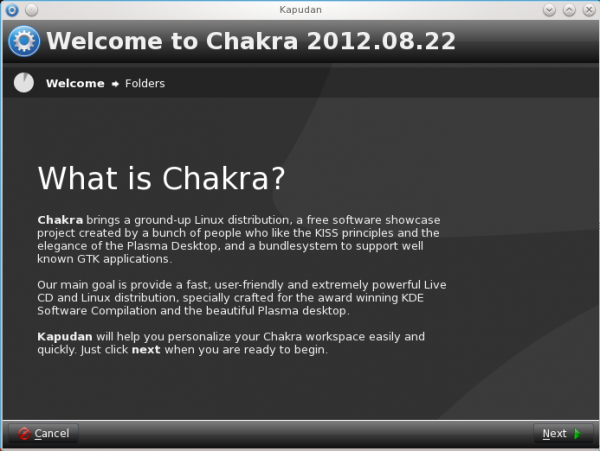
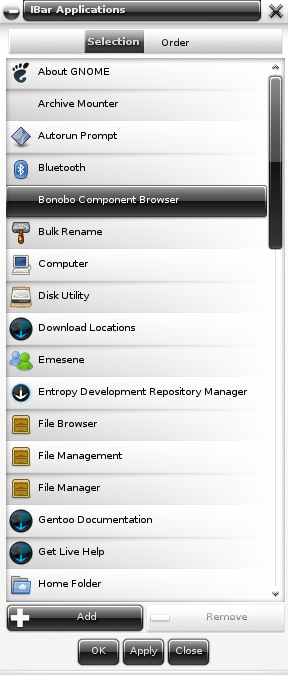


I ran Pardus on two machines back in 2010. One was 32 bit and the other 64 bit. Loved the interface and the ease of use. My only problem was that it kept crashing and was my only experience with a Linux Distro to crash. Clemintine always brought it down. And like another on this thread said, the repositories lacked a lot. Yea. You can add repositories, but a Distro should come with big repositories already. Sad to read that Pardus is no more. I came looking to try it once more. I loved it’s look and feel that much.
Pardus is more or less dead now:
http://liste.pardus.org.tr/pardus-devel/2012-January/002345.html
No more support or updating for the 2011.2 version:
http://liste.pardus.org.tr/pardus-devel/2012-January/002330.html
The only hope is a Pardus fork:
http://worldforum.pardus-linux.nl/index.php?topic=4312.msg23741;topicseen#msg23741
Pardus 2011 is absolutely amazing. But it has one fatal flaw I think that keeps people (like me) from switching to it. The software repositories SUCK. Plain and simple.
I mean come on, Linux Mint is stable,or ubuntu, or Kubuntu, and I can still run Windows stuff with it (via WINE),or use the amazing Picasa.
Nope, can’t get those in Pardus. Its a shame too, because everything else is perfect.
If they can fix this issue, I think over time, they could topple the Ubuntu and Mint giants in terms of popularity. There would be no reason not to use it then. So please fix it
*DON’T cry over anyone who won’t cry over you*
Pardus have big problems now, all updates, mailing list, etc.. are stopped at the moment. I am not sure they will survive at all:
http://www.pardusworld.com/recent-news-about-pardus/
About the repository, the latest version 2011.2 have much larger repo than the 2011 and the 2011.1 version.
And it’s some community repos you could add to:
http://worldforum.pardus-linux.nl/index.php?topic=3478.msg18496#msg18496
It,s a important step you must do to recive all programs:
First thing after a installation run a PISI update.
If you forget it only around 900 programs avaible. After this update it are about 4500 to choose.
But I can agree they should put more work in this field to get a similar amount of programs like Ubuntu or Mint.
Wine are included in the Pardus repository:
http://packages.pardus.org.tr/info/2011/testing/source/wine.html
And Picasa you can probably find it here with Google Earth and some other programs:
http://worldforum.pardus-linux.nl/index.php?topic=3478.msg18496#msg18496
Here is some more info of the future of Pardus:
http://liste.pardus.org.tr/pardus-announce/2012-January/000146.html
They still updating the 2011.2 version:
http://liste.pardus.org.tr/pardus-devel/2012-January/002328.html
Hi.
I am living in Turkey and i have some good news about Pardus. Pardus created for users who speaks Turkish. So there is not enough documents in other languages. Actually documents in Turkish are not enough to. I will try to tell what’s going on but my English is not enough. Maybe i can make a few or more mistake please forgive :). So in the Pardus-Camia(camia means community not exactly same but similar) mail lists people discuss about this. So they are trying to create an community in English and get all of Pardus communities under an adress. There is 2 template for the communities i will give adress of one.http://www.pardususer.de/temp/pardusworld/ . There is NO official community for Pardus. Pardus has government support(financial) but that is not big support 🙂 I couldn’t find correct words sorry 🙂 There is about 20-25 developer works for TÜBİTAK. They are doing a few things at the same time. There is no public relations(?) department. Whatever. 🙂
About repositories.
Review process of Pardus repositories issued. They are trying to change the process looking for new methods. They are talked about at Pardus-Geliştirici mail list. Most of popular programs like Firefox 7(i didn’t lookup for 8) in the Devel repo’s i used devel- repos and there was no problem.
And encryption.
http://tracker.pardus.org.tr/issues/217
🙂
There is not enough documentation about Pardus like i said. So i want to say these about Pardus. I hope pardusworld.com will helpful when its ready.
I am really really sorry about my awful grammar 🙂 Please forgive.
Thanks for the info. Looks like the devs are opting for home directory encryption, instead of disk encryption. Somebody should convince them that disk encryption is what we are looking for.
I don’t think the issue with audio CDs is a KDE problem, or if it is, it’s a recent one. I’m running OpenSUSE 11.4, which comes with KDE 4.6. I just inserted an audio CD into my drive and a KDE notification popped up just fine.
I recently spent a couple of days running Pardus 2011.2 live from a USB. It worked well, aside from not being allowed to install anything. I’m almost willing to install it (I want to), but I can’t help but wonder where I’ll go should I run into a problem or hardware issue. They don’t seem to have much, in terms of support, for English speakers. I went on the English IRC channel to question the support issue. There were only 3 others in the channel and not one responded. I assume if the issue is Linux related or KDE related I could find help elsewhere, but …
Yep, not much support for non-Turkish speakers from the developers, but you can always ask any question may have at Questions and Answers.
I would recommend Pardus Worldforum for English support:
http://worldforum.pardus-linux.nl/
To get a account write here:
mailto:pardusworld@xs4all.nl
The Wiki is a help to:
http://en.pardus-wiki.org/index.php/Main_Page
Or the mailing list:
http://liste.pardus.org.tr/mailman/listinfo/pardus-users
By recommending your forum, are you saying that you do not like Questions and Answers? 😉
I suppose Questions and answer are fine to.
But in Pardus Worldforum there are many experienced Pardus user from the German community that create own pisi packages etc..
http://www.pardususer.de/index.php?action=repository
And I think they know most about Pardus beside the Turkish developers.
Although not an official Pardus forum, this definitely seems like a great resource for Pardus users.
Nice review! Even with videos.
I don’t think that Pardus 2011.2 is separate version of OS. It’s more like service pack or quarterly update…
http://linuxblog.darkduck.com/2011/09/pardus-20112-new-version-or-service.html
“except the developers have a special reason for doing that, that the rest of are not privy to.”
I think you have got pardus release set up a little confused. Pardus isnt pointing to the 2011.1 repository in 2011.2 because the repository isnt because the 2011.2 repository isnt full, but rather because its upposed to be.
Pardus has a sort of conservative hybrid of Ubuntus major version releases and Archs rolling releases.
Major versions usually come once a year but not always(There was no major release in 2010) and are denoted by the year part of the release version(i.e. 2011). They usually include pretty large changes, such as the switch to kde4 or complete rewrite of the installer etc.
Minor releases generally dont contain many major changes and are rolling release, i.e. the minor releases are available as updates if you have an earlier minor release of the same major release.
In other words the 2011.1 reepo is the same as the 2011.2 repo.
Okay. I hope they release a update package as soon as possible to recive Firefox 6.
I want to make a comment about the repository. I was not happy with it in Pardus 2011. I dont find Licq or Gyache Improved there and some other applications. But in this version I find the most stuff there. I not run pardus at the moment but I think you probably have recived Firefox 6 with the latest updates to.
If read in this report:
http://bugs.pardus.org.tr/show_bug.cgi?id=19066
The version in the repo at the time of publication was Firefox 5, and I just checked it 1 minute ago. Still Firefox 5.
Pardus released a update package today.It included Firefox version 6.0.2
The official website have get a “makeover” to:
http://www.pardus.org.tr/en/